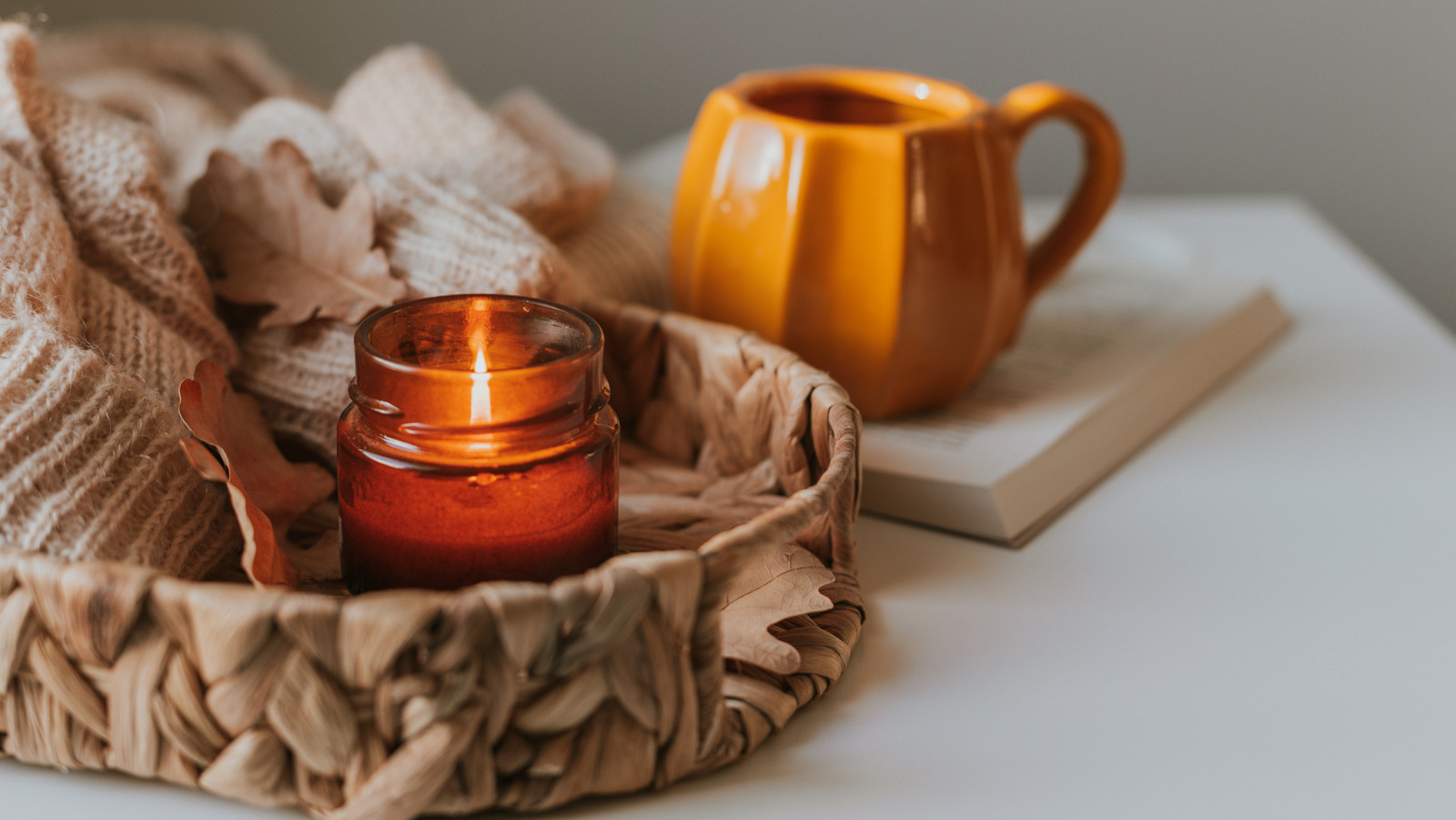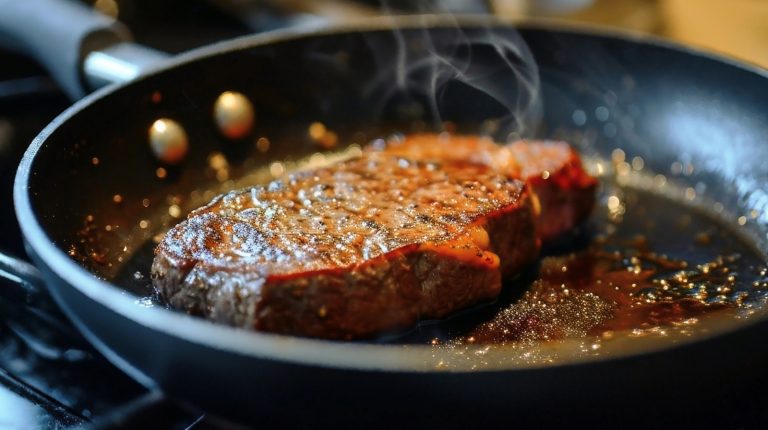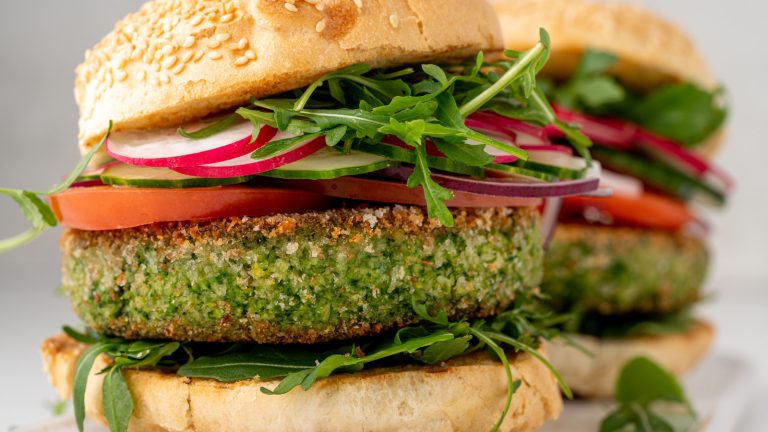With just the flick of a matchstick, a scented candle can increase your home’s coziness factor tenfold. But, if you’ve gotten into a routine of lighting candles while lighting up the stove, you might be doing your dinners a disservice. That’s right, your candle’s inviting vanilla or cedarwood aromas can seriously interfere with your sense of taste. You see, scent and our ability to perceive flavors are highly intertwined. It’s often estimated that scent makes up about 80% of our brain’s ability to piece together flavor. So, when your dining room is filled with the fragrance of a pine tree candle, your brain is trying to process that aroma alongside that of your latest culinary creation.
It’s the same principle that discourages attendees of bourbon tasting parties from wearing perfume. When your nose is bombarded with strong, conflicting scents, your brain becomes overstimulated and overwhelmed fast, losing track of smaller, more nuanced scents in your dishes. This effectively dulls your tastebuds, which means you might not be able to detect that slight sweetness in a balsamic glaze or that hint of rosemary in your roasted chicken. Plus, as you cook with a scented candle burning nearby, your nose might lead you astray as you try and season your home cooked meals. With that in mind, the next time you’re preparing a luxurious home-cooked meal, remember that scented candles have a place, but not at your dinner party.
Unscented candles provide unmatched ambiance
Of course, this doesn’t mean that you have to give up candlelit dinner parties for good. A candle’s warm glow provides an unmatched ambiance, transforming a run-of-the-mill weeknight meal at the dinner table into an elegant experience straight out of a five-star restaurant. That being said, unscented candles are the way to go when food and beverages are involved, providing all of the intimate comfort with none of the sensory overload. You can scatter a series of small, votive candles around the table, or light some tall, tapered candles, creating a refined centerpiece with minimal effort. Or, for a unique statement piece that’s sure to please, try making homemade butter candles — your dinner table deserves the glowing ambiance. Really, there’s no way to go wrong, so long as there’s no conflicting aromas.
This information might be upsetting for fans of scented candles, but don’t worry, as you can still fill your home with any aromas you see fit. Hallways, bathrooms, and living rooms are the perfect place for that sandalwood or jasmine candle on your shelf. Essentially, as long as your scented candle isn’t in the room you’re cooking or dining in, you’re in the clear. But, if you insist on scented candles at dinner time, light scents are the way to go. Subtle aromas like lavender are significantly easier for the brain to digest (no pun intended) than a loud scent, such as vanilla cupcake or leather and tobacco.






